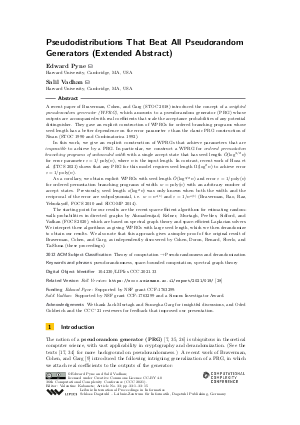LIPIcs.CCC.2021.33.pdf
- Filesize: 0.73 MB
- 15 pages

 Creative Commons Attribution 4.0 International license
Creative Commons Attribution 4.0 International license




















Feedback for Dagstuhl Publishing